Systems Engineer for Environmental Satellite
A conversation with Sarah Sherman

Sarah at her desk.
Sarah, what do you do?
I do systems engineering for something called SMAP. That means I worked on the planning, development, testing and launch. Now I am on the operations team, where we send instructions to SMAP.

SMAP aboard a rocket.
What is SMAP?
SMAP stands for Soil Moisture Active Passive. It is a spacecraft that orbits Earth. That means it is a machine that goes around Earth. It looks at how much water is in the soil. It will help us understand a lot more about the water and energy cycles on Earth.

The SMAP Satellite.
What does SMAP look like?
It has a refrigerator-sized body with solar panels. It also has a big antenna that helps it find out how much water is in the top layer of soil.
What's the big deal with water in the soil?
We know very little about how much water is in the soil in different parts of the world. It's important to understand where all the water is. If we know this, we can learn more about weather, droughts, and floods. We can also learn more about the plants that grow there.

Soil moisture data from SMAP.
How many people do you work with?
There are hundreds of people involved in the SMAP mission. I work with lots of people every day. Some days I might write a sequence (a string of commands to the spacecraft) on my own, and then meet with a group of four engineers to review it. They provide suggestions based on their experience, and I use their feedback. Other days, I might be doing testing with just one other person.
Why do you need to meet with so many people to do one thing?
The spacecraft is so complex that no single person will know everything, which is why we rely on teamwork so much. We also have lots of people double-checking our work. A mistake can result in loss of science data. It could even damage the spacecraft. Sending just one command requires a minimum of two people.
What do you do most days?
We have a morning meeting at 8:30 AM, where different teams report on their status. Then we plan for the day. After that, I either sit in the flight director or systems chair to support daily operations. That includes preparing messages to send to the spacecraft, planning future activities, and solving any problems we see. Sometimes the project scientist comes in to tell us some early science results. That's really rewarding!
What is your favorite part of your job?
My favorite part right now is the variety of tasks. I get to interact with every part of the spacecraft. One week, I worked with the guidance, navigation and control team. Another week, I told the spacecraft how to move to change its orbit, which is what we call a maneuver. I also work with the communications system to build the background sequence, which is our way of telling the spacecraft when and how to send data back down to Earth's ground stations. There is never a day exactly like the last.

Sarah visiting Machu Picchu.
How did you get interested in space?
I've wanted to work at NASA since I was a teenager. My interest in engineering came from playing with LEGO, fort building, and tinkering with tools in my basement as a kid. Also, I could fly a plane before I could drive a car!
How can I become an engineer?
Ask lots of questions. Take things apart. Learn to lead and take initiative. Think of creative solutions to problems. Get comfortable with math and science fundamentals now, because you'll keep building on them as you advance further in your education.
Related NASA Missions













